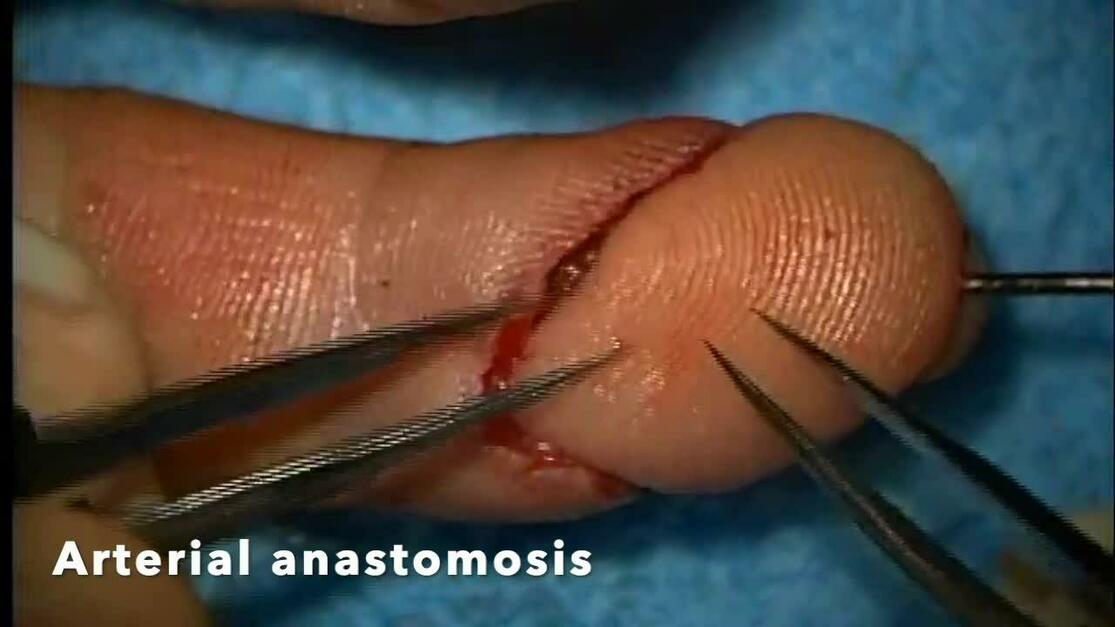In this week's edition
- ✍️ Letter from P'Fella
Will AI replace doctors, or just bill for them? - 🤓 The Sunday Quiz
How well do you know chemical burns? - 🖼️ Image of the Week
Firework hand injury. - 🚑 Technique Tip
Tips for a finger replant - video guide. - 🎈 Upcoming Events
Speaking at BAPRAS Congress 2025! - 🔥 Articles of the Week
Pumpkin carving injuries, firework facial injuries, & firework injuries over a decade: With 1-sentence summaries. - 💕 Feedback
Suggest ideas & give feedback!
A Letter from P'Fella
Will AI Replace Doctors, or Just Bill for Them?
I recently came across something interesting… OpenEvidence has $50 million in revenue but a $6.1 billion valuation. That’s not a typo, it’s a warning. Because investors don’t pour billions into a company that plans to politely “assist” doctors. They invest in companies that plan to replace them.
And if you think plastic surgery is immune, think again.

The $430 Billion Opportunity
Here’s the cold math: physician compensation represents roughly 8.6% of total healthcare spending, about $430 billion a year. Whoever cracks the code to automate that revenue stream won’t just be rich; they’ll own the most profitable slice of medicine.
AI doesn’t need to replace every surgeon. It just needs to replace enough decision-making to claim the professional fee. And for much of modern medicine, that’s already technically possible. Diagnosis, triage, post-op management: LLMs can do all of it today. The only thing stopping them is regulation.
And regulation always bends to money.
Plastic Surgery’s Blind Spot
Plastic surgery prides itself on artistry and human nuance, which are qualities we love to think are irreplaceable. But here’s the uncomfortable truth:
- Most post-op wound checks could be automated with image recognition.
- Flap viability could be tracked with AI-assisted perfusion monitoring.
- Even consultation scripts can now be generated, personalized, and delivered better than most rushed clinics.
The only domain left purely human? Touch. For now.
Our Choice: Build With It, or Be Billed By It
This isn’t a fight against technology, it’s a fight for ownership. We can either build systems that keep clinicians at the core, or watch as venture-backed platforms turn our skills into prompts.
Plastic surgery has an opportunity to lead here:
- Integrate AI to enhance — not replace — our decision-making.
- Push for ethical frameworks that preserve clinical accountability.
- Teach trainees to use AI tools fluently, so they’re not sidelined by them.
Because if we don’t define how AI fits into our profession, someone else will, and they’ll send us the invoice.
With love (and mild existential dread),
P’Fella ❤️
The Sunday Quiz
How Well Do You Know Chemical Burns?
Join The Weekly Quiz in each edition of thePlasticsPaper. This is the fifth round of seven rounds!
The top scorer wins one our Foundations textbook at a discount!
Image of the Week
Firework Hand Injury
This week’s image highlights the devastating impact of firework-related hand trauma: a severe blast injury with multi-level soft tissue, bone, and neurovascular disruption.
These injuries often require complex reconstructive approaches, combining debridement, skeletal stabilization, and staged flap coverage. It’s a stark reminder of how prevention and safety education remain as important as surgical reconstruction.

Technique Tip
Tips for a Finger Replant
This week’s technique tip features a detailed video on finger replantation covering key steps from tissue preservation to microsurgical repair.
Use this as a refresh on how to approach digit loss scenarios, focusing on structure-by-structure repair and maximizing functional outcomes.
🎥 Watch the video below.

Upcoming Events
Speaking at BAPRAS Congress 2025
If you’re attending, come say hello! It’s always great to connect in person.
Learn more about BAPRAS Congress 2025.
Articles of the Week
3 Interesting Articles with One-Sentence Summaries
From 2012-2021, over 20,000 pumpkin-related knife injuries occurred in the U.S. 88% to the hand, most often the thumb or index finger, peaking on October 30th, highlighting a clear need for targeted safety education.
Firework-related facial trauma mainly affects young males; children suffer soft tissue wounds while adults sustain complex fractures, highlighting the need for age-specific management and stricter safety measures.
Over 10 years at KEM Hospital, 157 patients, mostly unsupervised children aged 5-14, presented with firework injuries, mainly from misuse or device failure; flares and rockets caused the most severe burns and blast injuries, while sustained awareness campaigns led to a marked decline in cases.



